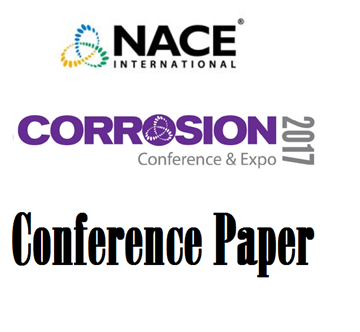Search
Individual Conference Papers
View as
Sort by
Display
per page
Carbonate Stress Corrosion Cracking of Carbon Steel in Refinery FCC Main Fractionator Overhead Systems
Product Number:
51390-90206-SG
Publication Date:
1990
$20.00
Carbonation Modelling of Historic Concrete Buildings
Product Number:
51319-13078-SG
Publication Date:
2019
$20.00
Carbonation-Induced Corrosion Assessment for Reinforced Concrete Structures
Product Number:
51324-21169-SG
Publication Date:
2024
$40.00
Cartridge Technology for Spray-Applied Coatings - Low Cost, Reliable, Portable, and GREEN
Product Number:
41212-684-SG
Publication Date:
2012
$20.00
Case Analysis Of Electromagnetic Interference Of AC Substation On Pipeline
Product Number:
51322-17517-SG
Publication Date:
2022
$20.00
Case Histories of Permian Area Scale Treatment Challenges and Chemical Program Optimization Strategies
Product Number:
51324-20857-SG
Publication Date:
2024
$40.00
Case History on the Selection of Materials in a Bulk Handling Chemical Facility at Partitioned Zone
Product Number:
51317--8967-SG
ISBN:
8967 2017 CP
Publication Date:
2017
$20.00
Case History: Decorative Yet Functional Floor Coating at the Energy Innovation Center
Product Number:
51216-002-SG
Publication Date:
2016
$20.00
Case History: Lining Water Box Condensers
Product Number:
51322-17937-SG
Publication Date:
2022
$20.00
Case History: Site-Applied Decorative Polyaspartic Flooring in A Residential Garage Floor Application
Product Number:
41214-850-SG
Publication Date:
2014
$20.00
Case Studies - Learnings from CUI Failures and Inspection Challenges
Product Number:
51324-21070-SG
Publication Date:
2024
$40.00
Case Studies of Thermal Fatigue Damage in Duplex and Stabilized Stainless Steel
Product Number:
51319-13271-SG
Publication Date:
2019
$20.00












